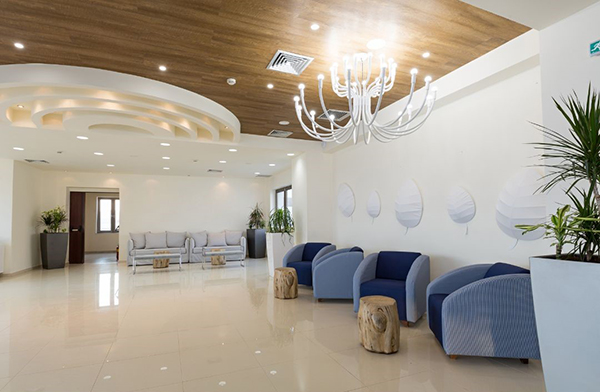Miami’s Coconut Grove neighborhood welcomes a new era with the completion of Grove Central, a groundbreaking mixed-use complex developed by Terra and Grass River Property. Nestled at 2800 Southwest 27th Terrace, this transit-oriented development seamlessly integrates residential living, commercial spaces, and public transit, setting a new standard in urban planning.
Grove Central stands as a testament to the success of public-private partnerships, particularly with Miami-Dade County. The complex, strategically located along the Metrorail corridor at the entrance to Coconut Grove, boasts a 23-story residential tower offering 402 units. These range from multifamily and workforce housing to co-living options, catering to diverse lifestyles. The development is complemented by a new 1,250-space public parking garage and approximately 170,000 square feet of neighborhood retail.
Retail anchors such as Target, Sprouts Farmers Market, Total Wine & More, Five Below, and Club Studio form a vibrant commercial hub, enhancing the community’s accessibility and convenience. The phased opening of Grove Central’s retail component introduces a lineup of diverse tenants, with additional names like Black Sheep Coffee, Mattress Firm, Chipotle, T-Mobile, Panda Express, Woof Gang Bakery, and Pacific Dental expected in the coming year.
As part of Miami-Dade County’s initiative to enhance connectivity, Grove Central has become a focal point for economic growth. The project has generated over 1,600 construction jobs, nearly 500 permanent full-time and part-time positions, and marked the collection of property tax revenues for the first time in the site’s history. This success aligns with Mayor Daniella Levine Cava’s commitment to creating livable and walkable communities.
Grove Central’s residential tower, now open for occupancy, offers 402 thoughtfully designed apartments. Ranging from studios to five-bedroom units, these residences feature modern amenities, energy-efficient appliances, and breathtaking views of Coconut Grove, Biscayne Bay, and the Downtown Miami skyline. Rental rates vary from $2,000 to $3,350 per month.
Designed by Touzet Studio in collaboration with RSP Architects and Local Office Landscape Architecture (LOLA), Grove Central prioritizes sustainability. With Florida Green Building Certification, the development exceeds the City of Miami’s green building requirements. Water-resilient plantings, a large cistern for rainwater reuse, and stormwater-absorbing rain gardens contribute to the project’s eco-friendly profile.
Residents of Grove Central enjoy a host of amenities, including a resort-style rooftop pool deck, fitness center, co-working spaces, a pub room, coffee bar, arcade, and more. The development’s centerpiece is a tree-lined public plaza connecting to the adjacent Underline linear park, enhancing pedestrian access and community engagement.
Grove Central stands as a preeminent example of a multimodal transit-oriented development, symbolizing the successful collaboration between the public and private sectors. This transformative project not only revitalizes Coconut Grove but sets a benchmark for smart development and mobility across South Florida.
A full-service Commercial Real Estate Brokerage and Management Firm





